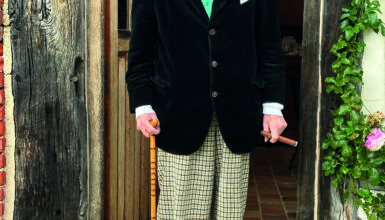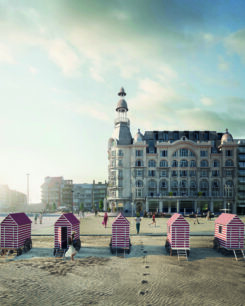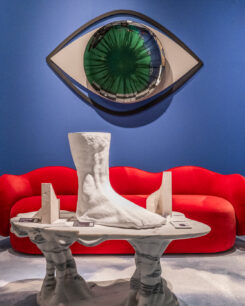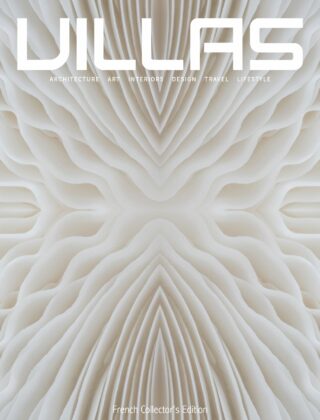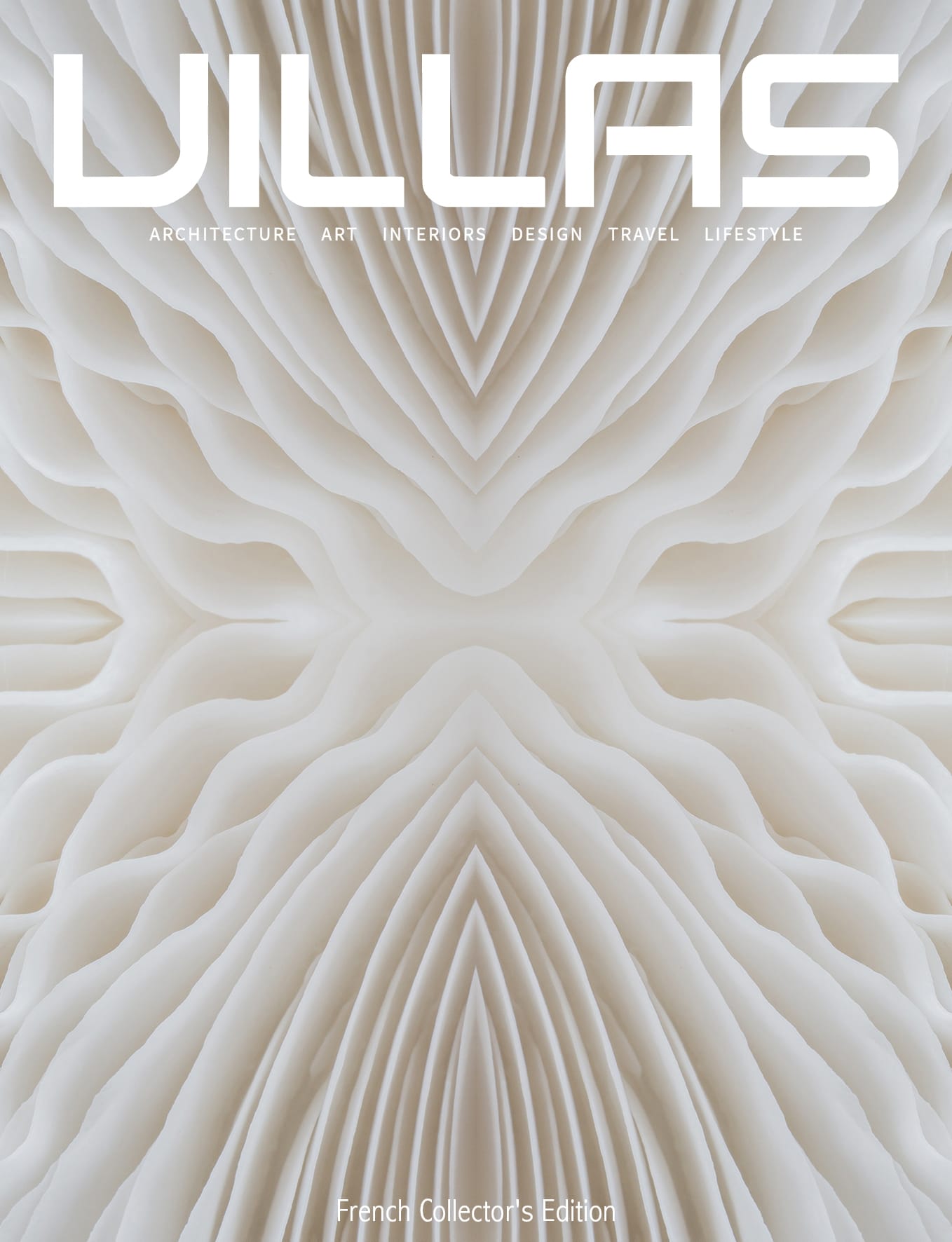Sommaire
The manufacture of ceramics is a tradition stretching back 26,000 years
It is a technique that has been practised for millennia by numerous peoples across the world—from ancient Latin American empires to the Mediterranean and the imperial regions of the Far East. While each of these peoples has its own ceramic tradition, the basic principle has remained the same: a raw material, usually clay, is fired at a high temperature. Outcomes vary depending on the material and the firing process and range from unglazed terracotta made of red clay to refined, virginal white porcelain from Limoges. This strong and hard-wearing material is used en masse to make numerous everyday objects, such as plates, bowls, dishes and pitchers. At the same time, ceramics have always been popular in the artistic world, where earthenware in all its forms is used to make unusual aesthetic creations. Even today, ceramics, especially the more tactile variants, are very popular among artists, designers and craftspeople.
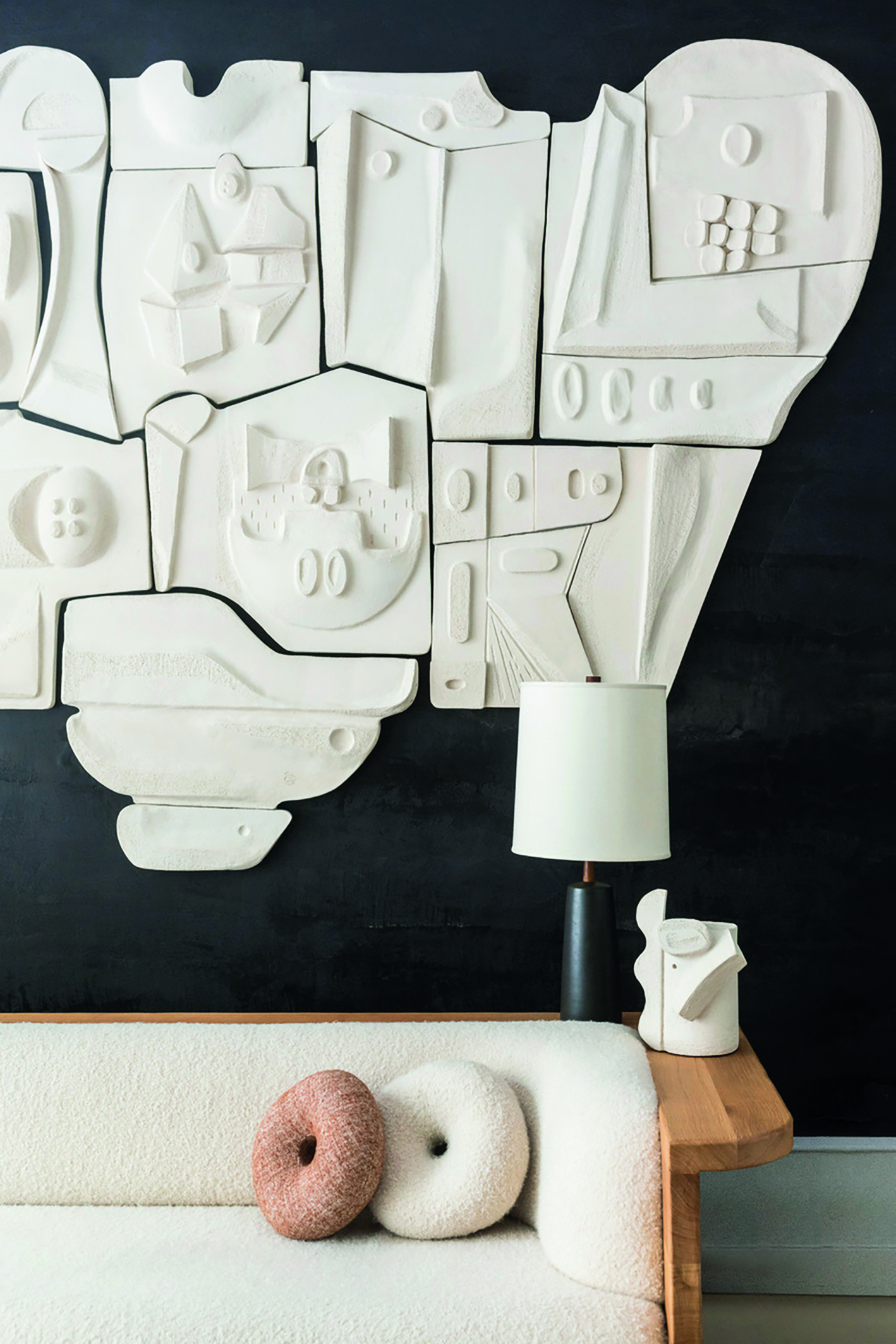
Olivia Cognet
Natural and highly versatile
A contemporary interpretation of art in ceramics can be found in the work of Coralie Bonnet. The French artist and designer works in a sculptural way within a poetic universe, taking the viewer into her distinctly raw and dreamy world. Bonnet’s work is focused on progressing her expertise in the craft, acquired during numerous trips and encounters. Her creations—often composed of two different pieces, like a couple—form a dialogue between two silhouettes that challenge the viewer. She works with great attention to detail in order to create extraordinary textures that bring out the best in her chosen material. Sometimes smooth, sometimes hammered or perforated, her work recalls to mind her previous career in fashion; specifically in haute-couture embroidery. Sandstone worked in this meticulous way acquires a timeless allure.
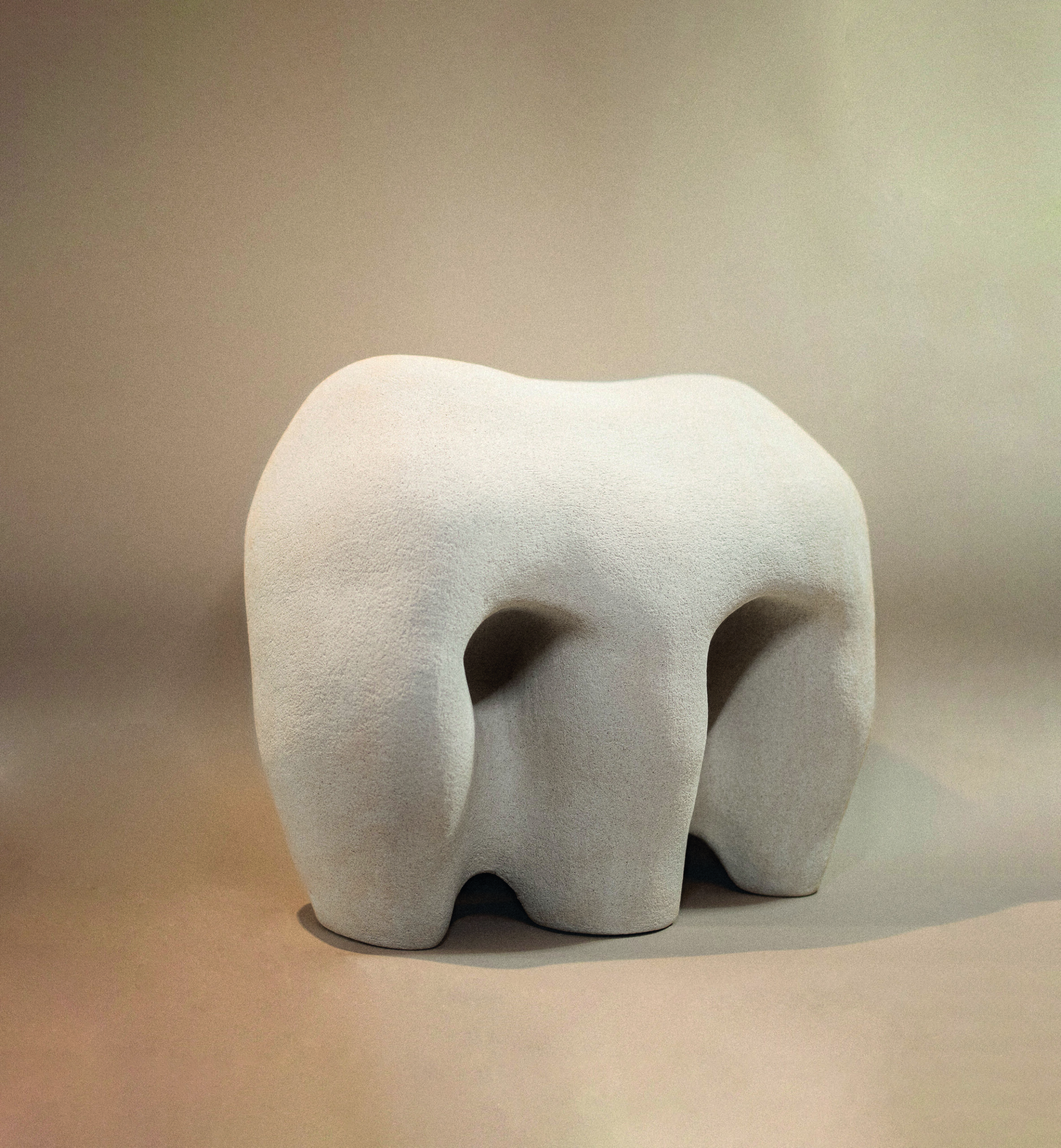
Coralie Bonnet
Ceramic art as wall decoration
Ceramics is more than just tableware. Today, artists are able to produce visually striking creations that are a distinctive kind of wall art and worthy alternatives to traditional paintings. Italian artist Guido De Zan creates remarkable wall sculptures that seem to emerge straight out of the wall. He began working in ceramics in 1975 and opened his Milanese studio, ‘Il Coccio’, three years later, and it’s where he continues to create new works to this day.

Guido Zan | Licia Cicala

Guido Zan | Licia Cicala
French artist Olivia Cognet grew up on the Cote d’Azur, a region that is widely known to be fertile ground for the creative arts. She studied at Villa Arson, where she was influenced by the work of masters such as Picasso and Roger Capron. In 2016, Cognet moved to that other world-famous, creative city bathed in golden sunlight: Los Angeles. There, she creates not only unique and handmade furniture, lamps and vases, but also monumental bas-reliefs. The play of light and shadow that typifies Californian landscapes, modernist architecture as well as the intensity of the natural environment are the inspiration for her work. Cognet’s contemporary take on ceramic traditions results in works with a strong and distinctive allure. Her minimalist and geometric lines are interwoven with a sensual and physical visual language. Her creations are first sketched on paper, then brought to life in local clay.

Olivia Cognet
Unusual curves and rounded shapes
In the year 2022, rounded lines are commonly found not only in furniture, but also in interior accessories that radiate a soft and archetypally feminine energy. Lamps and sculptures by ceramicist Elisa Uberti are characterised by their inviting and tactile forms. Positioned somewhere between art and design, her work is an ongoing exploration of intriguing volumes which also manage to evoke emotions. The work exudes a sense of security, which in turn elicits sense of sanctuary, in miniature. Her curious designs in monochrome shades often have a special texture which invites touch—for example, the rough tactility of grains of sand recalled by her use of fire clay (chamotte).
The French studio INI Ceramique also makes unusual vases and objects from fire clay. Inhee Ma, the Korean designer and founder of this Parisian studio, studied at the Ecole Supérieure des Beaux-Arts in Montpellier. She creates pottery in a minimalist, wabi-sabi style that evokes a dialogue between craftsmanship, art and nature. Her refined, interior design objects unite functionality with aesthetics. These explorations often contrast rough and natural exterior surfaces with their smooth, enamelled insides.
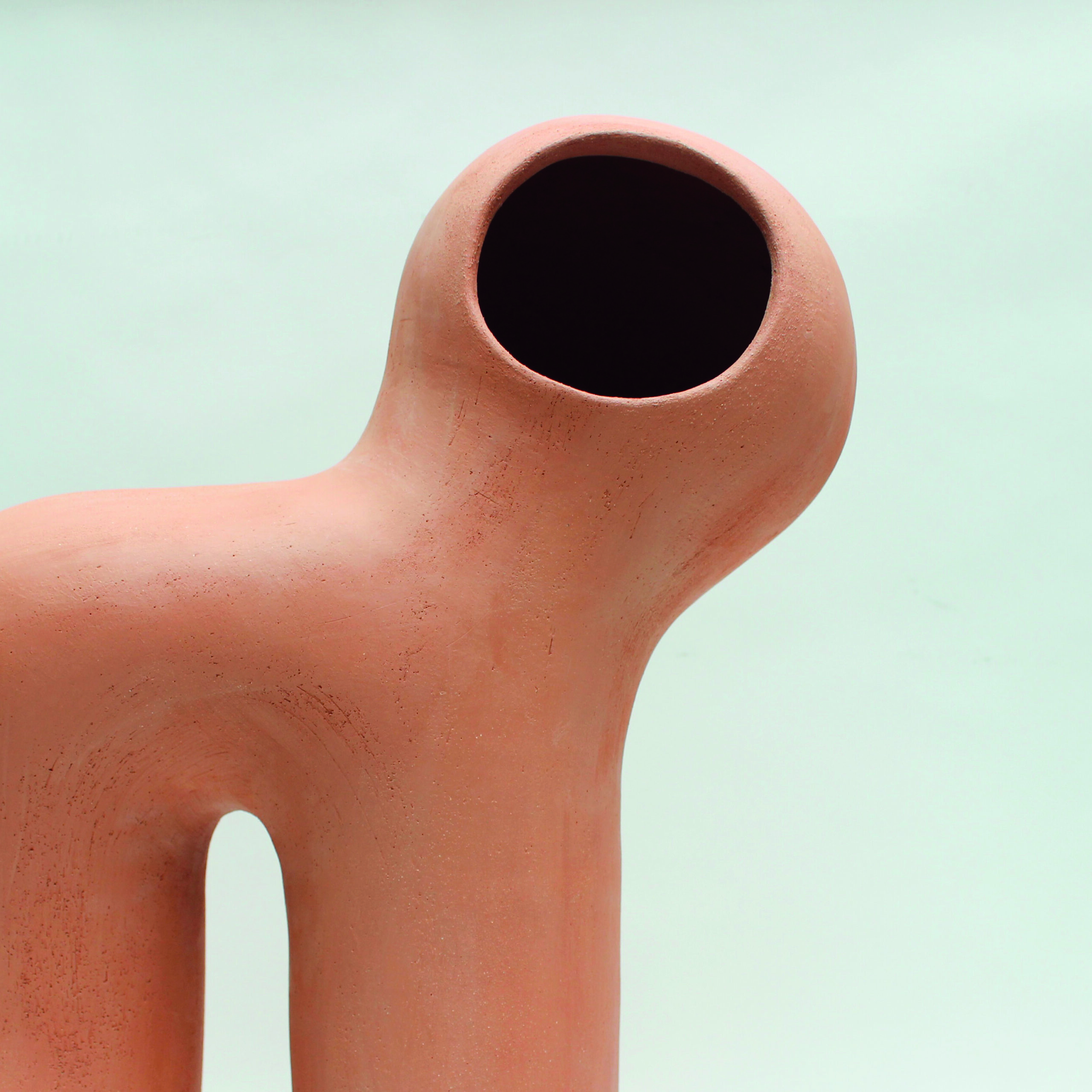
Elisa Uberti
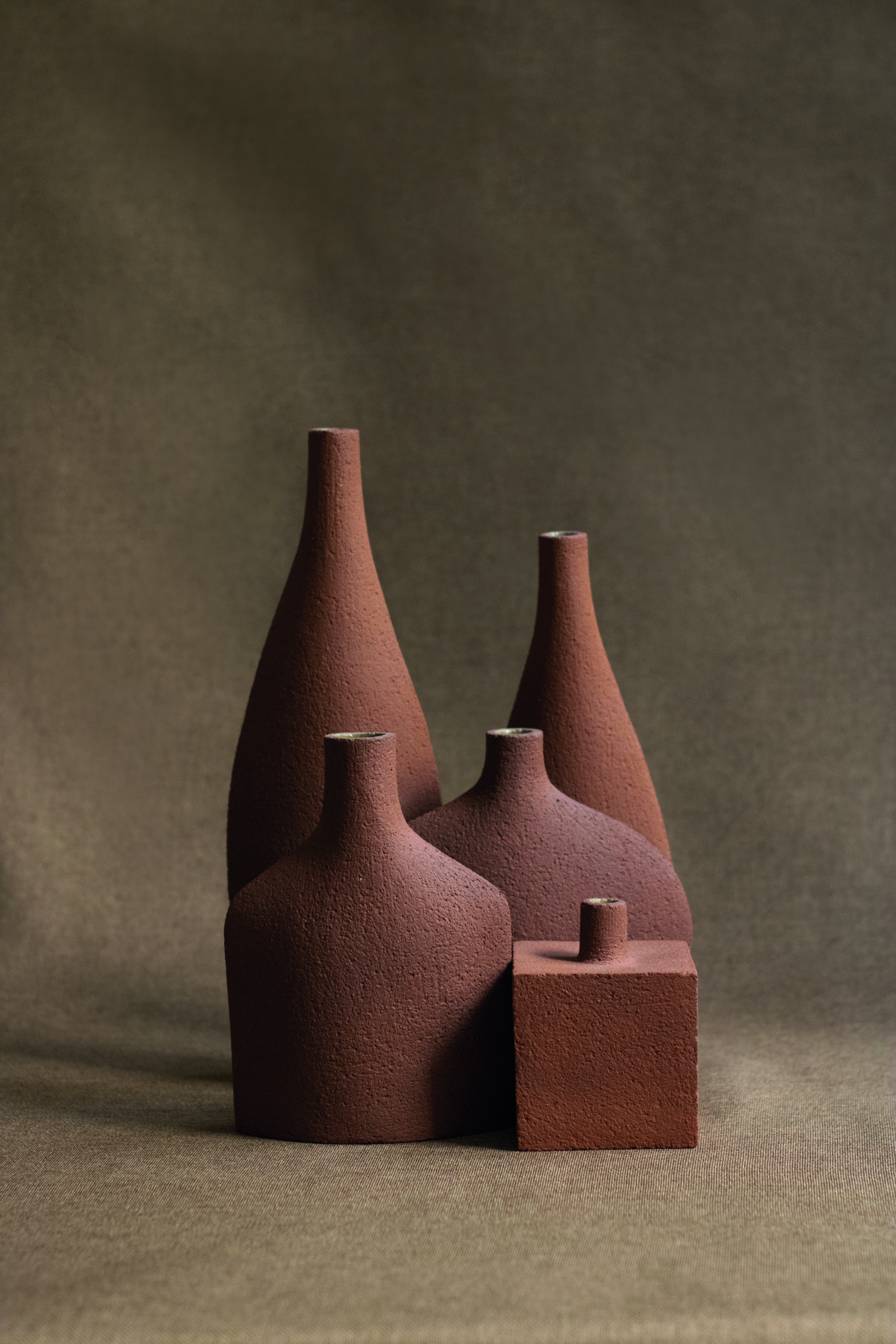
INI Céramique Studio
Playing with the contrast between rough and smooth is an aspect that also features in the handmade tableware made by Charlotte de Lantsheere. Time after time, this Belgian ceramist finds new inspiration in the erratic shapes of the mountains of Ibiza, the Spanish island where one of her studios is located. Nature is also an inspiration for her fellow countrywoman Natacha de Launoit. Her unique designs, which involve a variety of glazes applied layer upon layer, are captivating. A lover of natural blue and green tints, many of De Launoit’s creations are bathed in a magnetic celadon colour that evokes dreams of the ocean.
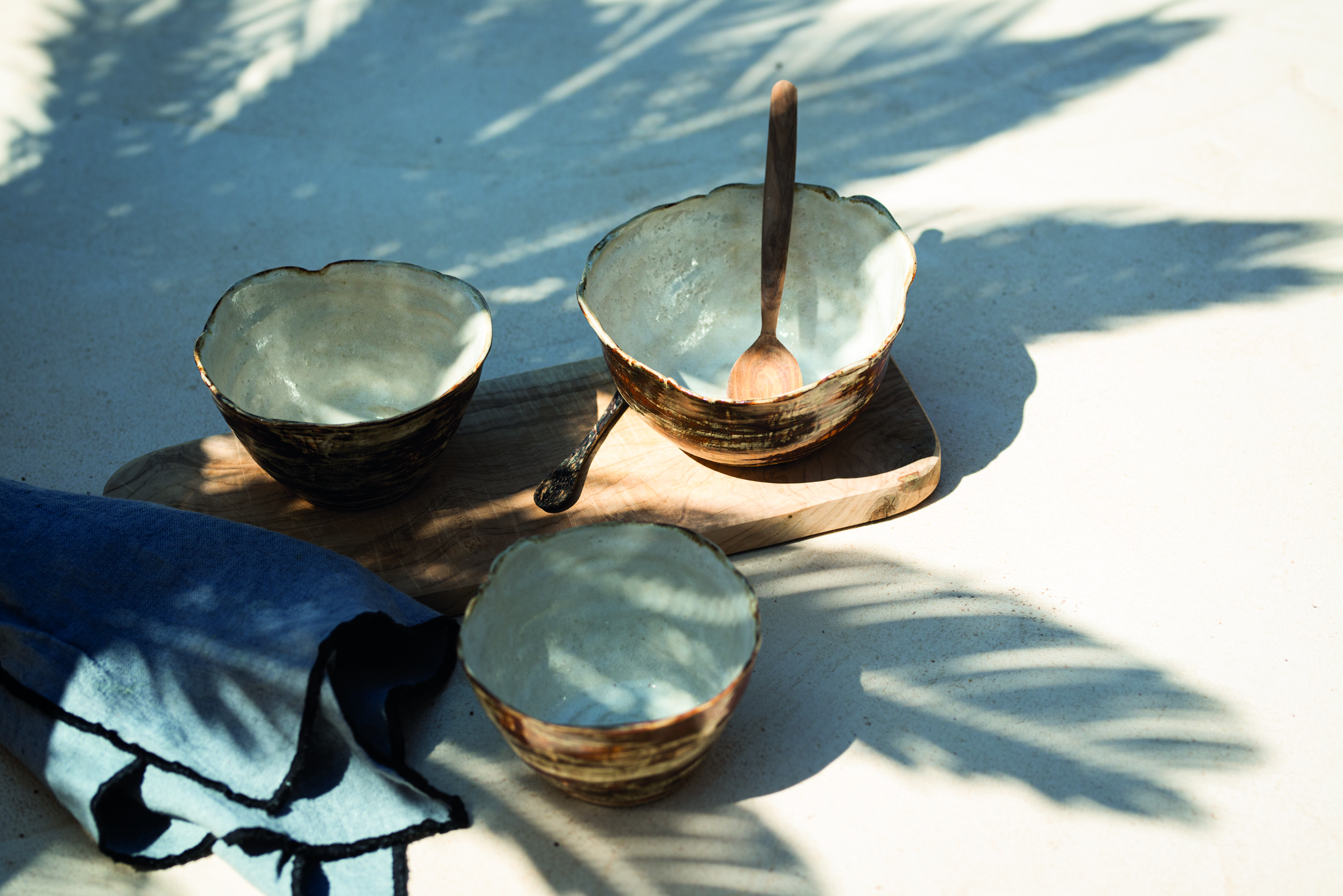
Charlotte De Lantsheere | Ceccarini
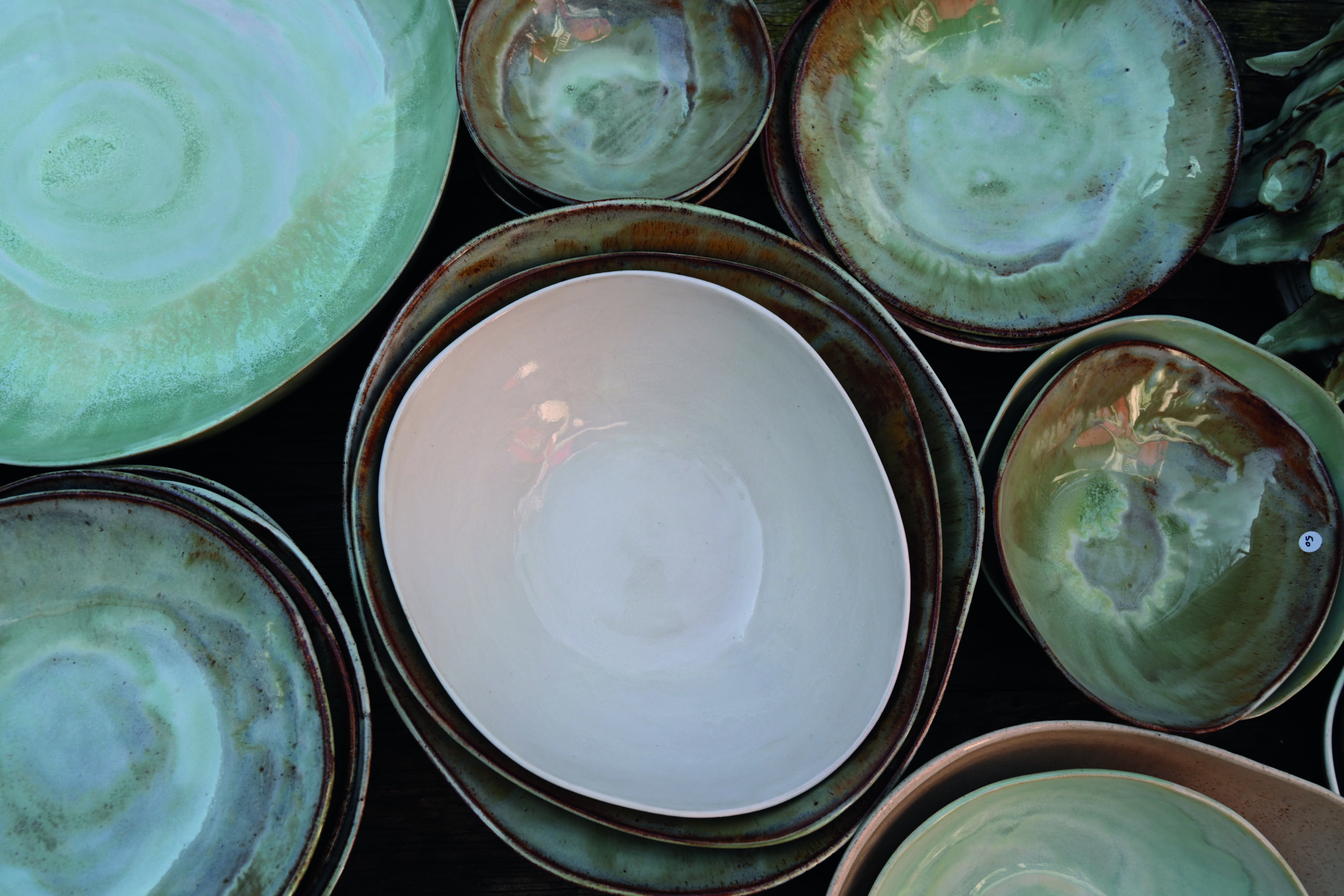
Natache de Launoit
